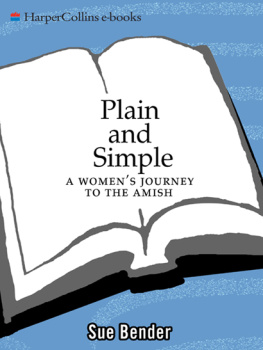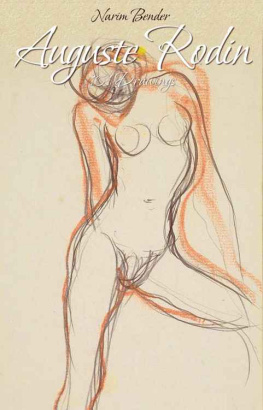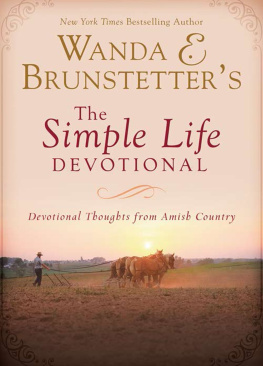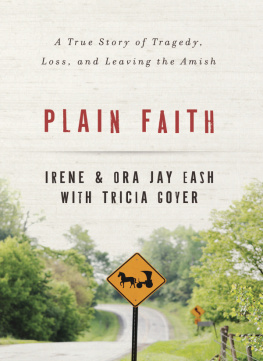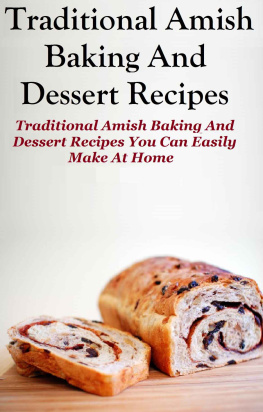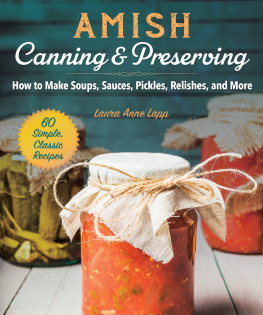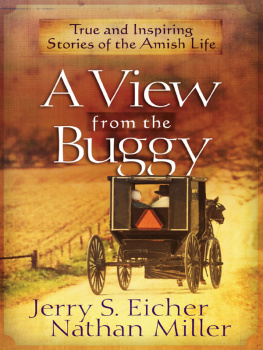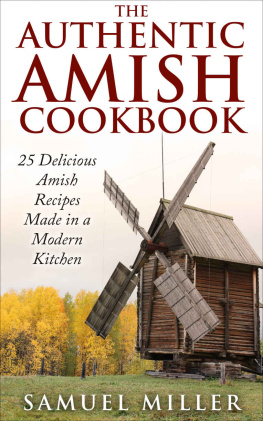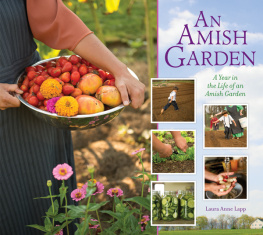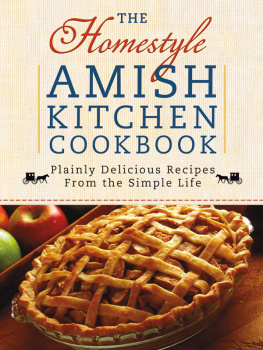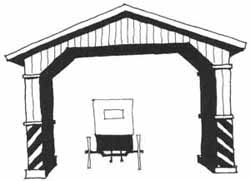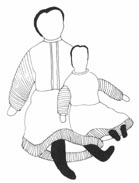To Richard, Michael, and Davidwhom I love.
When I told people I wanted to live with an Amish family everybody laughed. Impossible, they said. No Amish family will take you in.
I didnt know when I first looked at an Amish quilt and felt my heart pounding that my soul was starving, that an inner voice was trying to make sense of my life.
I didnt know that I was beginning a journey of the spirit, what Carlos Castaneda calls following a path that has heart.
I thought I was going to learn more about their quilts, but the quilts were only guides, leading me to what I really needed to learn, to answer a question I hadnt formed yet:
I went searching in a foreign land and found my way home.
Perhaps each of us has a starved place, and each of us knows deep down what we need to fill that place. To find the courage to trust and honor the search, to follow the voice that tells us what we need to do, even when it doesnt seem to make sense, is a worthy pursuit. This story is about that search.
Maybe you have a dream, incubating, not fully formed. Maybe you are on a similar quest. I hope you will listen to my story and at the same time hear yours. That way it will be our journey.
Can an object go straight to your heart?
Twenty years ago I walked into Lathams Mens Store in Sag Harbor, New York, and saw old quilts used as a background for mens tweeds. I had never seen quilts like that. Odd color combinations. Deep saturated solid colors: purple, mauve, green, brown, magenta, electric blue, red. Simple geometric forms: squares, diamonds, rectangles. A patina of use emanated from them. They spoke directly to me. They knew something. They went straight to my heart.
That was the beginning. Innocent enough.

Who made these quilts? I demanded.
The Amish.
I went back to Lathams every day that summer, as if in a trance, not noticing it at first, just something I did in the midst of all the other things I was doing. Visiting the quilts became a practice, something like a spiritual practice, the one constant in days that were otherwise filled with the activities of summer.
I stared at the quilts. They seemed so silent: a silence like thunder. It was 1967, and I was thirty-three years old.
I had seen lots of old quilts before, made by non-Amish women. They drew on an unlimited palette: plaid, polka dots, calico, corduroy, velvet. Their patterns were endless: Geese in Flight, Log Cabin, Bear Paw, Fans, Pinwheel, School House, Broken Dishes, Old Maids Puzzle, Indian Hatchet, Crown of Thorns, and many more.
The Amish used the same few patterns over and overno need to change the pattern, no need to make an individual statement.
The basic forms were tempered by tiny, intricate black quilting stitches. The patternstulips, feathers, wreaths, pineapples, and starssoftened and complemented the hard lines, and the contrast of simple pattern and complex stitchery gave the flat, austere surface an added dimension. I wondered if quilting was an acceptable way for a woman to express her passion?
I learned that the Amish used their old clothing to make the haunting colors in the quilts. Nothing was wasted; out of the scrap pile came those wondrous saturated colors. Like most deeply religious farm people, the Amish wore dark, solid-colored clothing, made from homespun material. But underneath, hidden from view, were brightly colored petticoats, blouses, and shirts.
Colors of such depth and warmth were combined in ways I had never seen before. At first the colors looked somber, but thenlooking closely at a large field of brownI discovered that it was really made up of small patches of many different shades and textures of color. Greys and shiny dark and dull light brown, dancing side by side, made the flat surface come alive. Lush greens lay beside vivid reds. An electric blue appeared as if from nowhere on the border.
The relationship of the individual parts to the whole, the proportion, the way the inner and outer borders reacted with each other was a balancing act between tension and harmony.
The quilts spoke to such a deep place inside me that I felt them reaching out, trying to tell me something, but my mind was thoroughly confused. How could pared-down and daring go together? How could a quilt be calm and intense at the same time? Can an object do that? Can an object know something?

How opposite my life was from an Amish quilt.
My life was like a CRAZY QUILT, a pattern I hated. Hundreds of scattered, unrelated, stimulating fragments, each going off in its own direction, creating a lot of frantic energy. There was no overall structure to hold the pieces together. The Crazy Quilt was a perfect metaphor for my life.
A tug-of-war was raging inside me.
In contrast to the muted colors of the Amish, I saw myself in extremes: a black-and-white person who made black-and-white ceramics and organized her life around a series of black-and-white judgments.
I divided my world into two lists. All the creative thingsthe things I valued, being an artist, thinking of myself as undisciplined and imaginativewere on one side, and the boring, everyday thingsthose deadly, ordinary chores that everyone has to do, the things I thought distracted me from living an artistic lifewere on the other side.
I was an ex-New Yorker living most of the time in Berkeley, California; a wife and mother of two sons; an artist and a therapist with two graduate degrees, one from Harvard, one from Berkeley. That was my resume.
I valued accomplishments.
I valued being special.
I valued results.
The driven part didnt question or examine these values. It took them as real, and believed it was following the carrot success wholeheartedly. Didnt everyone believe in success? I never asked, Success at what cost?
A part of me is quiet. It knows about simplicity, about commitment, and the joy of doing what I do well. That part is the artist, the childit is receptive and has infinite courage. But time and my busyness drowned the quiet voice.
In the world in which I grew up, more choices meant a better life.It was true for both my parents amnd my grandparents. I was brought up to believe that the more choices I had, the better.


